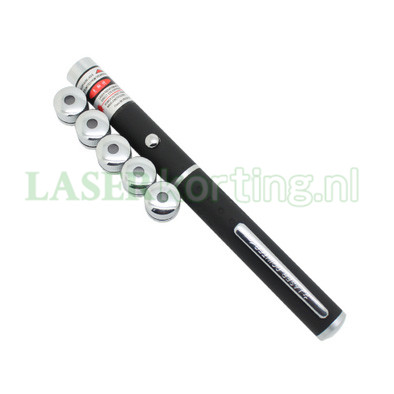May 27, 2014
The laser diode in a laser printer is located inside the scanner unit which is probably a black plastic case about 6 or 8 inches on a side and a couple of inches thick with a motor protruding from the bottom2000mW laserpen blauw. The laser diode is mounted (along with its driver board, collimating optics, and even possibly a Peltier solid state cooler on some) either near one corner or inside. There should be a laser safety sticker on it as well - but these fall off sometimes!
This is one reason why most applications of laser diodes include optical sensing to regulate beam power. The third lead on the laser diode package is connected to an internal optical sensing photodiode used to regulate power output when used in a feedback circuit which controls your currentgroene 400mw laserpen. This is very important to achieve any sort of stable long term operation.
You might hear someone bragging "I have driven thousands of laser diodes by just connecting them to a battery and resistor and never have blown any". Sure, right. While it is quite possible that the susceptibility to instant damage due to overcurrent varies with the type of laser diode, unless you know the precise behavior, you must err on the side of caution. Some designers have gone to extremes, however. See the section:Laser Diode Power Supply 2 (RE-LD2)for a design with 5 levels of protection!
However, depending on design, some of the parts may be missing or combined into one component. For example, many Sony pickups do not appear to use a collimating lens. For pickups with a collimating lens, if the objective lens is removed, you should get a more or less parallel main beam and two weaker side beams. Many newer designs have a combined laser diode/photodiode array rather than individual components1000mW triplex laserpen rood/groen/blauw. Mix and match parts for your needs (if you can get it apart non-destructively). Where there is no collimating lens, the objective lens may be used for this purpose if positioned closer to the laser diode.
Posted by: meeunl at
11:13 AM
| No Comments
| Add Comment
Post contains 351 words, total size 3 kb.
May 01, 2014
The simplest test would be to use a diffraction grating to both view the spectrum and detect it with a silicon photodiode. If the maximum detected matches the location of the most visible spot, then you're seening the lasing line. If the visible spectrum is smeared out or too faint to see but there is a well defined detected spot, then it's LED emission.
I wonder about this. We use 1 W+ laser diodes at 808, 814, and 980 nm routinely while monitoring on an optical spectrum analyzer. While we don't usually search for shorter wavelengths from the diode, we do occasionally scan for other wavelengths and have never seen any that would explain the red emission other than the fundamental of the diode. 808 nm and 814 nm are faintly visible; 980 nm is totally invisible5mW laserpen groen. I have even seen very very faint red-appearing light from high power 870 nm laser diodes for which the optical spectrum was known and very local to 870 mn. Thus, it must be that this wavelength that is actually still visible. Your mileage will vary and depend on the model and revision level of your set of eyeballs. Consult factory for more information. Have model and serial number available. ![]()
A friend who makes his living selling OEM laser display systems did some tests a while back, massive amounts of Peltier cooling (30 to 40 °C) results in a much lower current for the destructive failure of the diode, He was blowing off the front faucets of the diodes at less then normal operating currents. So yes you can shorten the wavelength somewhat, but you have to test carefully and derate the max current20mw laserpen groene. Derating the current means less output power, so you probably want to start with a 40 mW or bigger diode. Basically the intracavity flux goes way up and often the faucet can't take the increased power density.
Note that the photodiode is NOT part of the laser diode structure - it sits behind the laser diode in the typical package. So, you can actually test its frequency response with an external modulated light source (like an LED or another laser diode driven by a high speed pulse generator) independent of the laser diode itself200mw laser pointer groen. The light doesn't have to pass through the laser diode. Although not terribly clear, the photodiode can be see in theCloseup of a Typical Laser Diode.
I suspect different IR laser diodes may have greatly different ratios of laser and LED output. If the LED output is only a fraction of a percent of the laser output, the visible output would be mainly the slightly visible laser line. If the LED output is equal to a few percent or more of the laser output, then it may be more visible than the laser line.
more...
Posted by: meeunl at
10:46 AM
| No Comments
| Add Comment
Post contains 599 words, total size 4 kb.
32 queries taking 0.0867 seconds, 50 records returned.
Powered by Minx 1.1.6c-pink.











